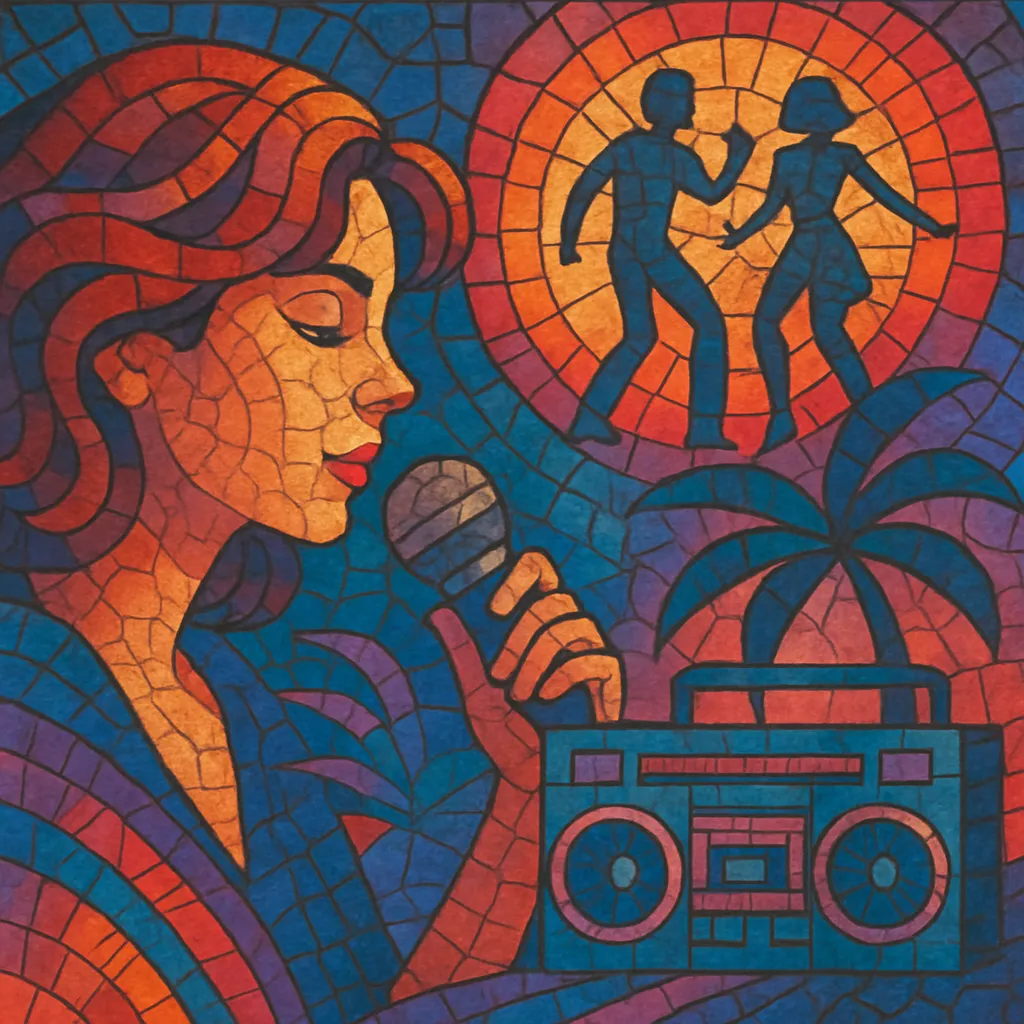Retro pop is contemporary pop music that deliberately evokes the sound, songwriting, and studio aesthetics of earlier eras—most commonly the late 1970s and 1980s, but also the 1960s girl‑group era, 1970s disco, soft rock, and early 1990s pop-R&B.
Hallmarks include analog-leaning synth textures, danceable four-on-the-floor or funky backbeats, prominent basslines, glossy chorus-heavy guitars, gated-reverb drums, stacked background vocals, and big, unforgettable hooks. While its palette looks backward, retro pop uses modern production workflows—tight low-end, streaming-friendly loudness, and contemporary vocal processing—so it feels nostalgic yet current.
Lyrically, retro pop often pairs timeless pop themes (romance, yearning, nightlife, bittersweet memories) with sleek, neon-tinged imagery and cinematic nostalgia, bridging classic pop sensibilities with today’s chart expectations.
The template for retro pop coalesced in the 2000s, when artists and producers began revisiting earlier pop idioms with affection and high craft. UK press and A&R culture helped frame a wave of retro-minded releases—from 1960s girl-group nods to 1970s/80s soul-pop—that proved audiences still craved classic hooks and warm, analog-flavored production, updated with modern punch.
The 2010s cemented retro pop as a dominant chart force. Landmark projects revived disco, soft rock, and synth-pop with contemporary sheen—glossy analog synths, LinnDrum-style patterns, and gated ambience—while maintaining modern low-end and vocal presence. Producers blended Motown and new wave DNA with pop maximalism, creating radio-ready singles whose nostalgia felt both familiar and futuristic. Streaming-era curation (playlists and algorithmic discovery) amplified this sound globally.
Retro pop surged again at decade’s start, with blockbuster singles channeling 1980s synth-pop and late-1970s disco-funk aesthetics. Viral platforms, music supervision (film/TV), and boutique hardware/software emulations (Juno/Jupiter/DX7, plate reverbs, tape/tube saturation) broadened access to vintage timbres. Retro pop now functions as a flexible framework—an ever-refreshing, global pop dialect that references multiple eras while remaining firmly contemporary.


